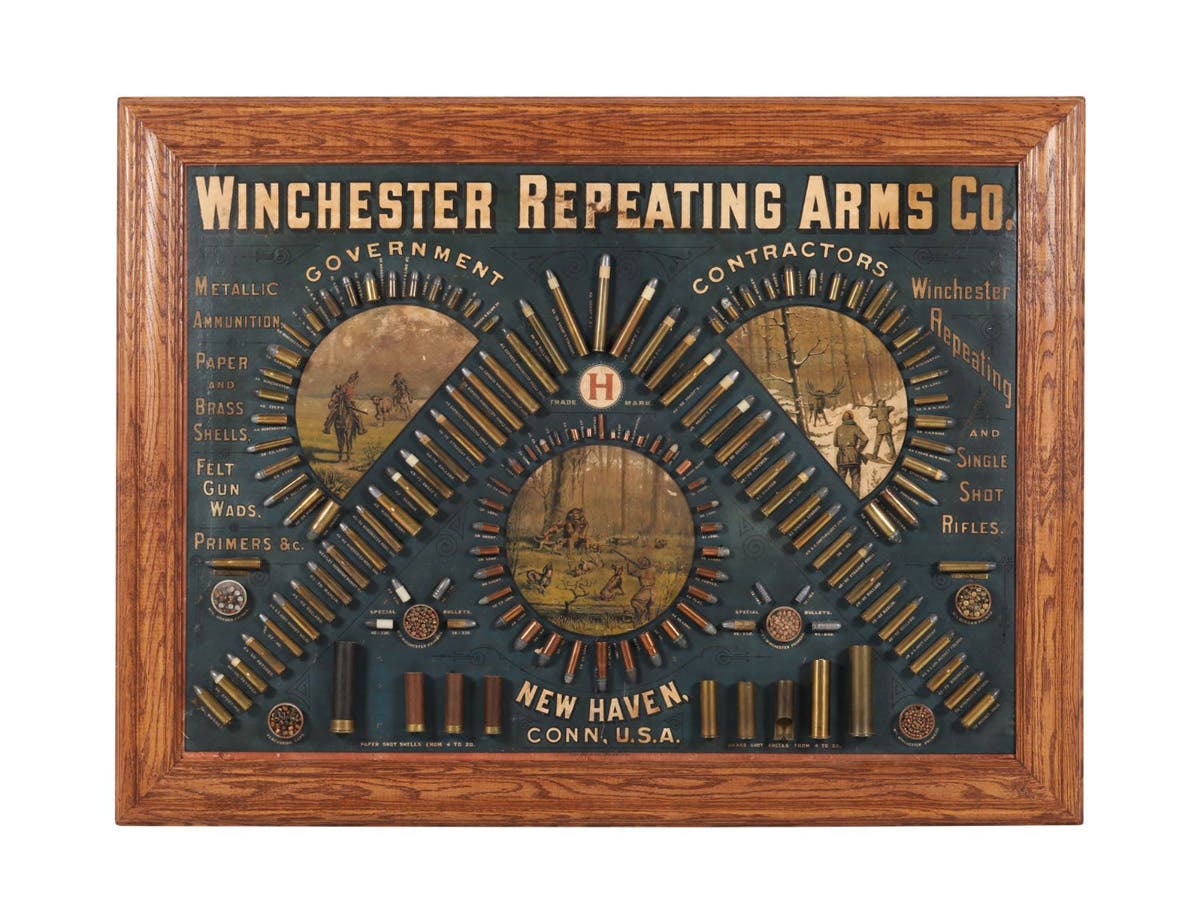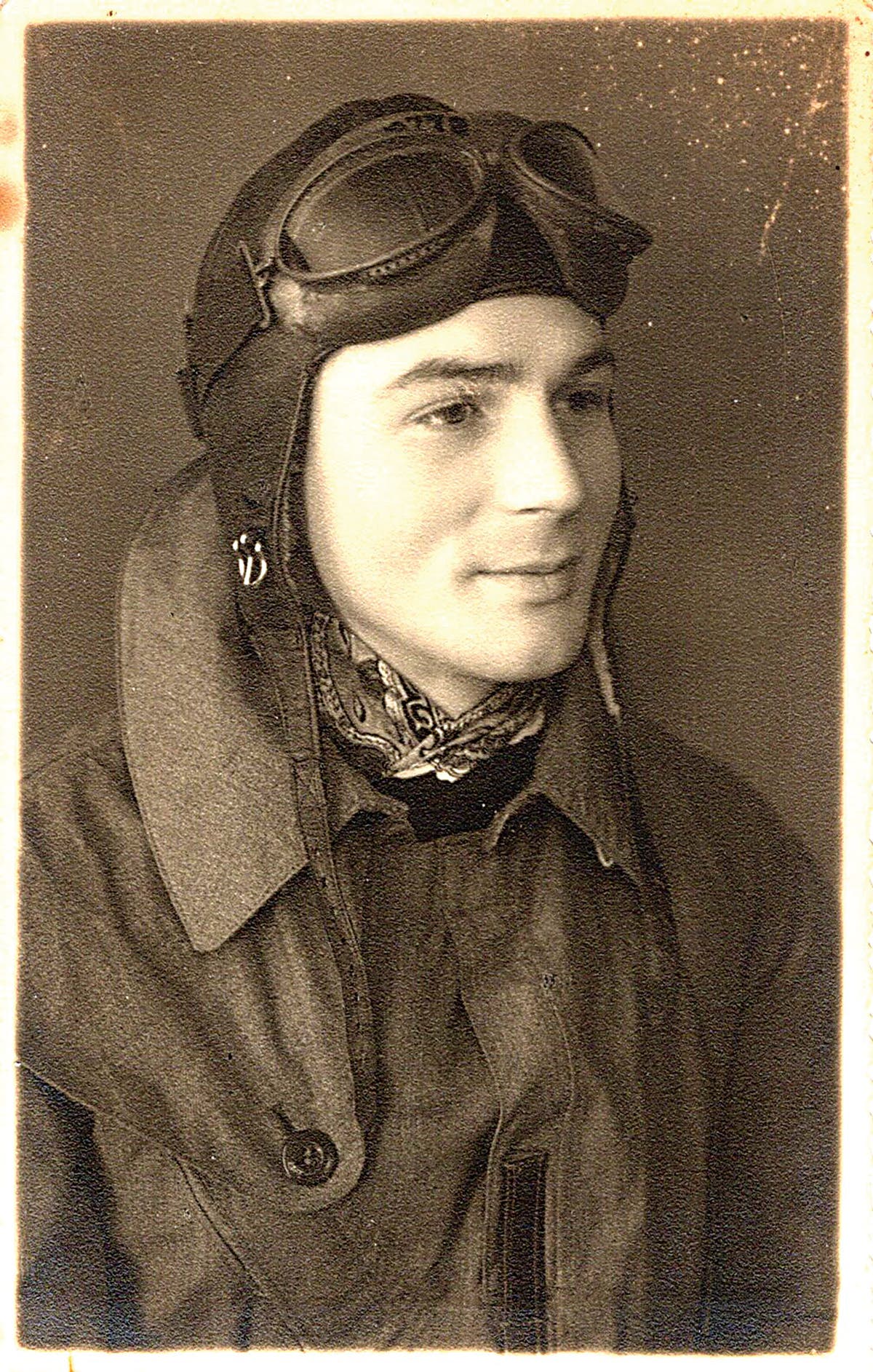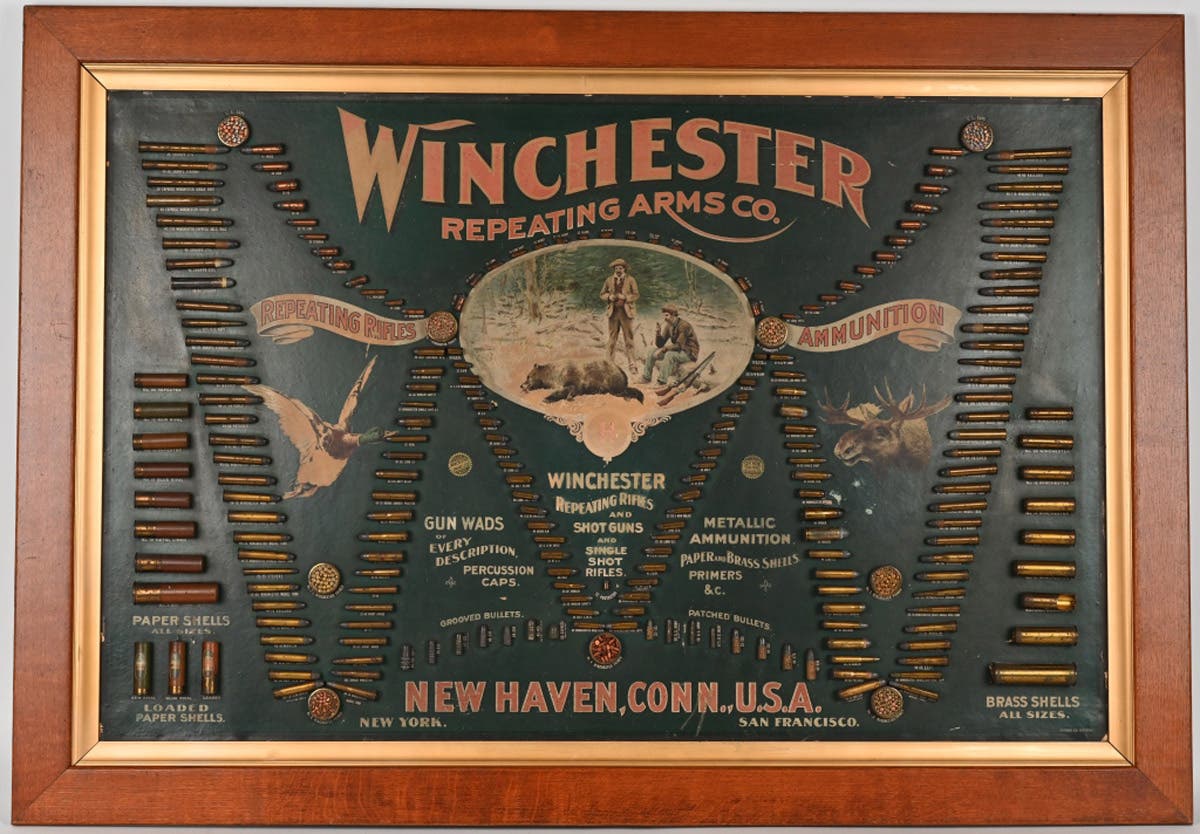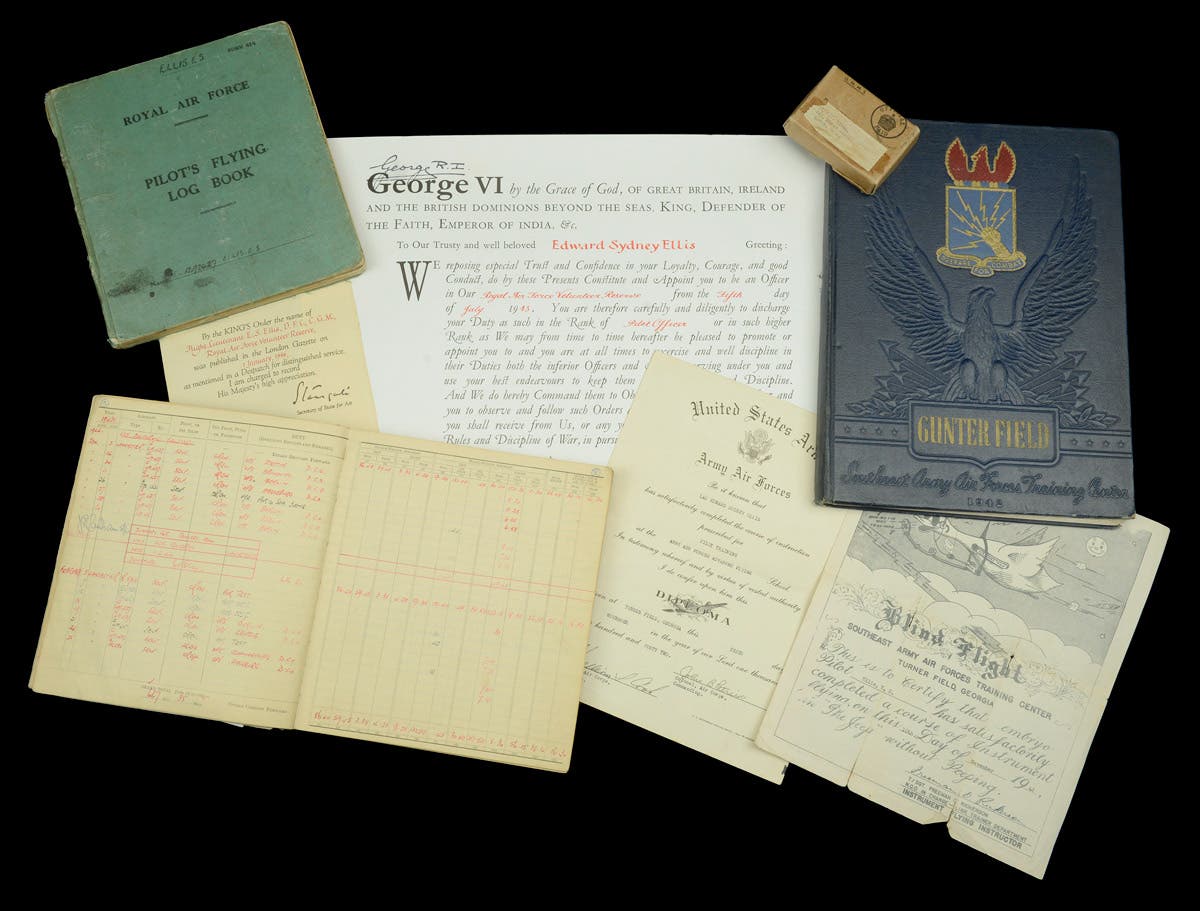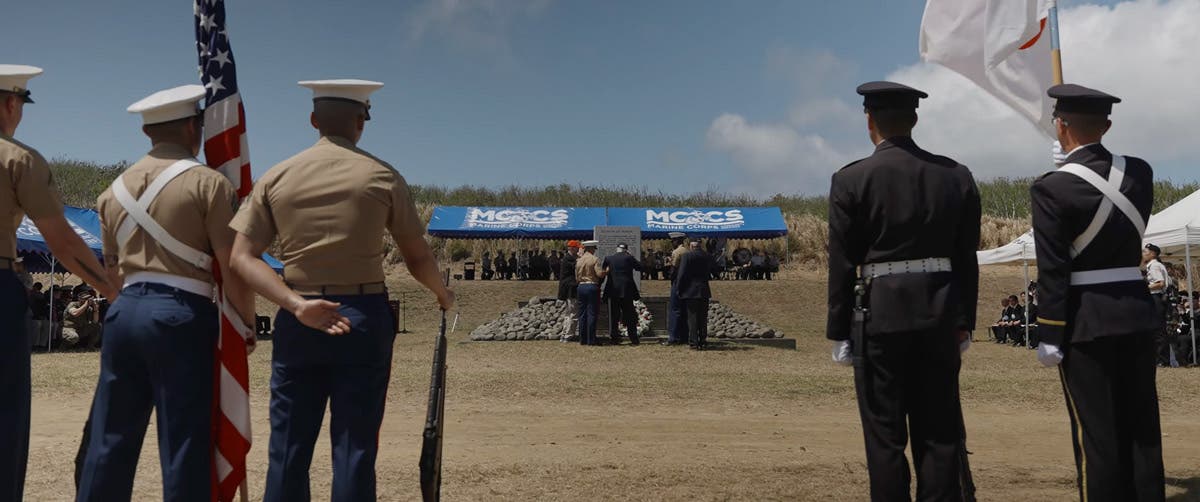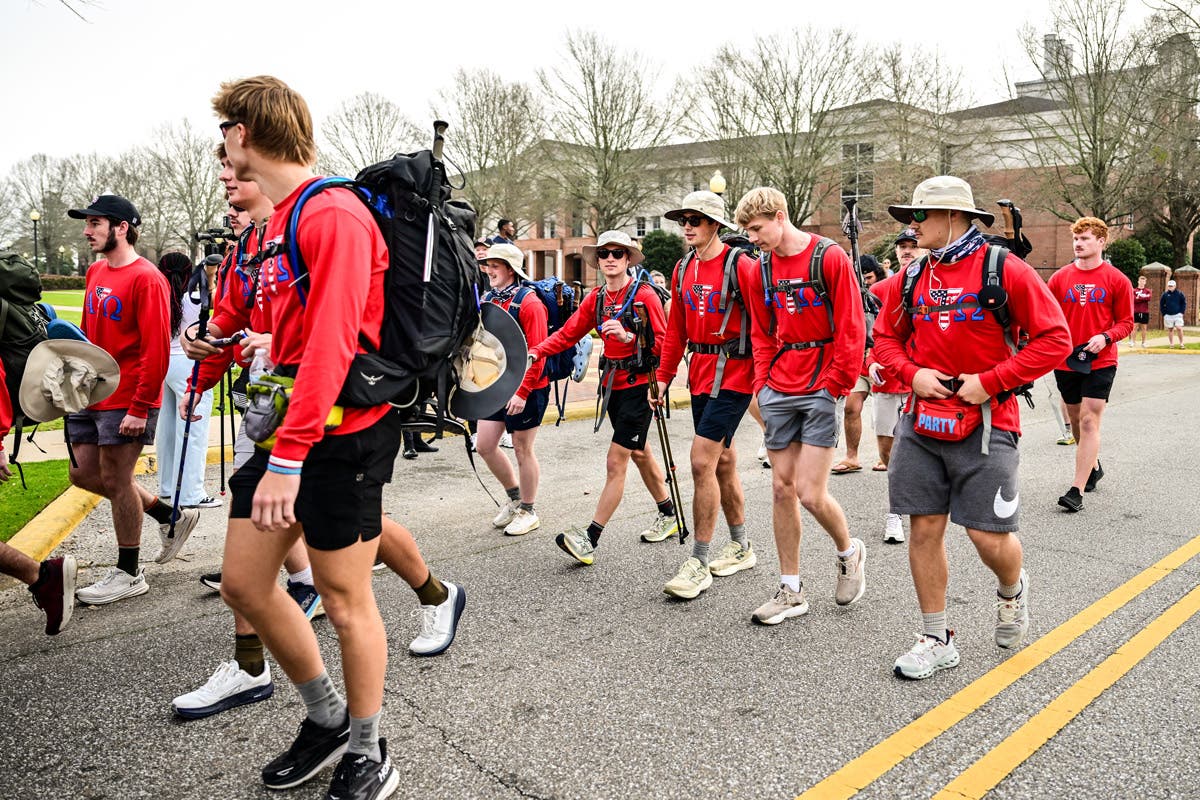New Night-Vision Goggles for Army and Marines
U.S. Army night vision experts said they needed advanced binocular infrared and image-intensification electro-optical binoculars to enable U.S. and allied warfighters to operate effectively at night. L-3 Insight of Londonderry, N.H., received a $391.8…
U.S. Army night vision experts said they needed advanced binocular infrared and image-intensification electro-optical binoculars to enable U.S. and allied warfighters to operate effectively at night. L-3 Insight of Londonderry, N.H., received a $391.8 million three-year contract in 2018 to build Enhanced Night Vision Goggle-Binocular (ENVG-B) to meet that need.
Recently, the Army that the service would begin fielding the first of an initial 10,000 Enhanced Night Vision Goggle B devices by the end of fiscal 2019. The Marine Corps will also buy 3,100 ENVGBs off the Army contract,
The ENVG family represents helmet-mounted night-vision goggles that blend image intensification and longwave infrared sensors for combat at night, in bad weather, and in smoke and dust.
Image intensification amplifies available light from stars or other low-light sources, and while long-wave infrared detects temperature differences in objects to make humans, vehicles, and machinery stand out from their cooler backgrounds. Blending the two technologies in a multispectral imaging approach helps each sensor compensate for the weaknesses of the other.
Compared with previous versions of the ENVG, the ENVG III weapon sights also has improved resolution and a wider field of view. The ENVG III is a follow-on contract to previous ENVG I and ENVG II procurements.
The distinction of ENVG III from previous ENVGs is the added rapid target acquisition technology when used with the FWS-I, which is to be a weapon-mounted long-wave infrared sensor used for surveillance and aiming weapons during daylight, darkness, adverse weather, and dirty battlefield conditions, Army officials say.



